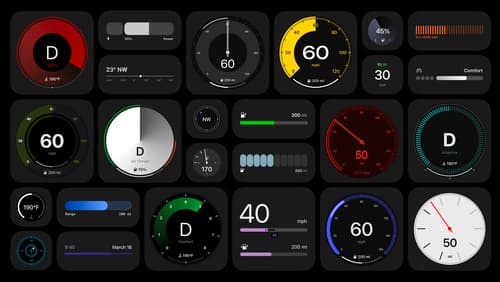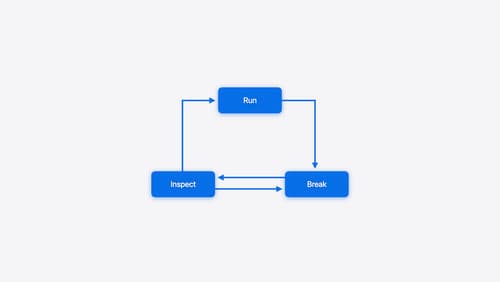dinamic dispath
Asked on 2025-02-22
1 search
Dynamic dispatch in Swift is a mechanism that allows the program to determine which function to call at runtime, rather than at compile time. This is essential for enabling polymorphism and other abstraction tools. In Swift, dynamic dispatch is used when a method is declared as a protocol requirement. If the method is declared in a protocol extension, it uses static dispatch instead. This distinction is important for both semantic reasons and performance optimization, as static dispatch allows for compile-time optimizations like inlining and generic specialization.
For more details, you can refer to the session Explore Swift performance (05:54) where this topic is discussed.

Say hello to the next generation of CarPlay design system
Explore the design system at the heart of the next generation of CarPlay that allows each automaker to express your vehicle’s character and brand. Learn how gauges, layouts, dynamic content, and more are deeply customizable and adaptable, allowing you to express your own design philosophy and create an iconic, tailored look. This session is intended for automakers, system developers, and anyone designing a system that supports the next generation of CarPlay.

Meet the next generation of CarPlay architecture
Dive into the architecture for the next generation of CarPlay. Learn how your vehicle system works with iPhone to create a single cohesive experience that showcases the best of your car and iPhone. Learn how UI is rendered and composited, and explore ways to configure and customize a special experience for each vehicle model. This session is intended for automakers and system developers interested in the next generation of CarPlay.

Run, Break, Inspect: Explore effective debugging in LLDB
Learn how to use LLDB to explore and debug codebases. We’ll show you how to make the most of crashlogs and backtraces, and how to supercharge breakpoints with actions and complex stop conditions. We’ll also explore how the “p” command and the latest features in Swift 6 can enhance your debugging experience.
